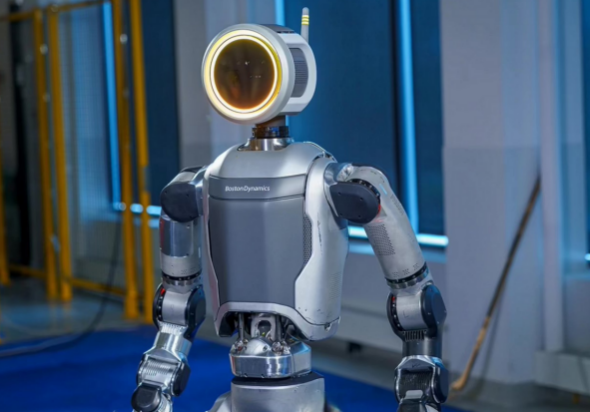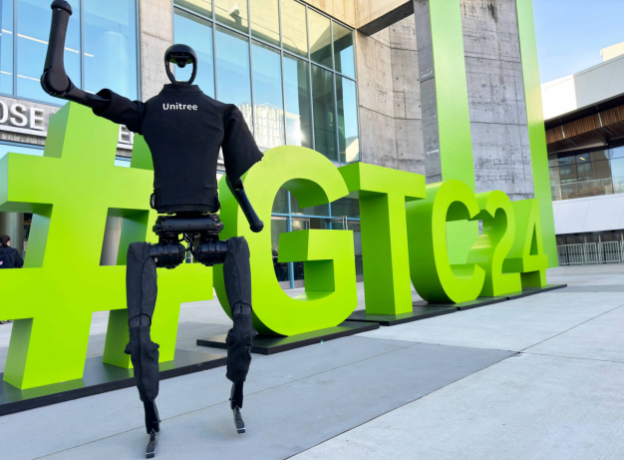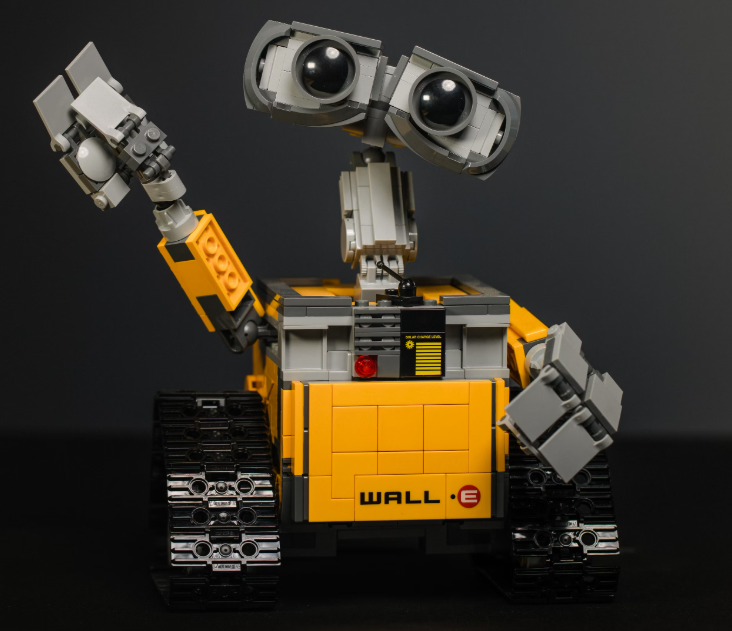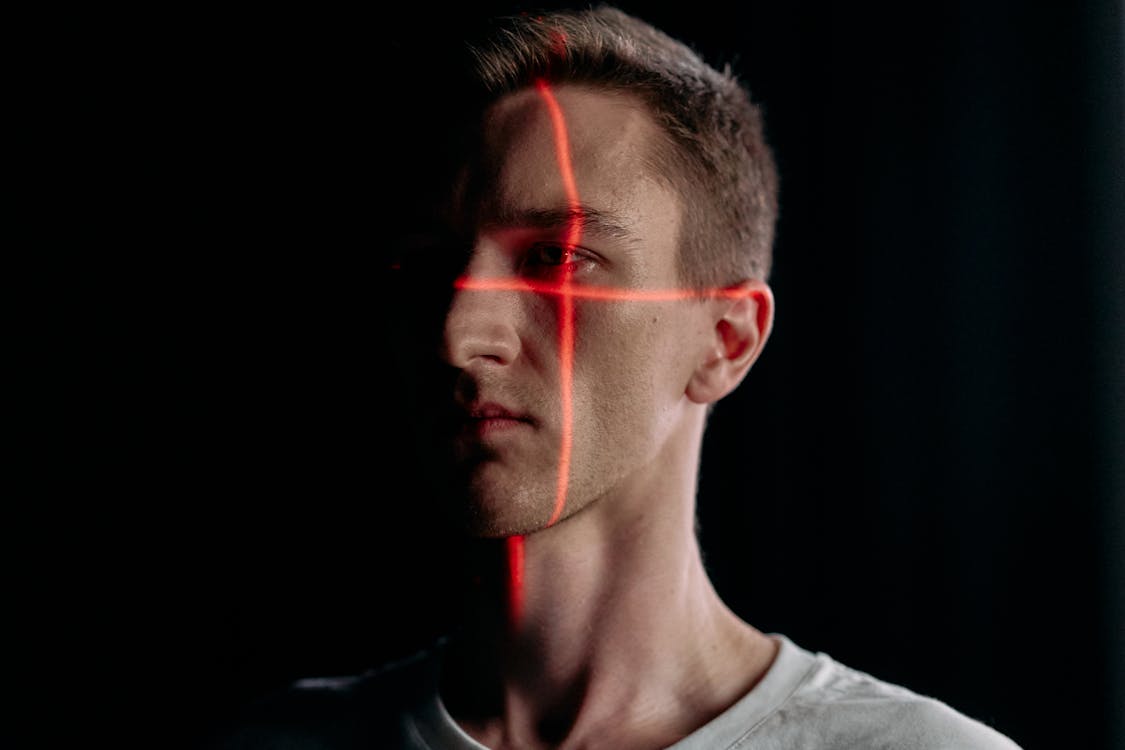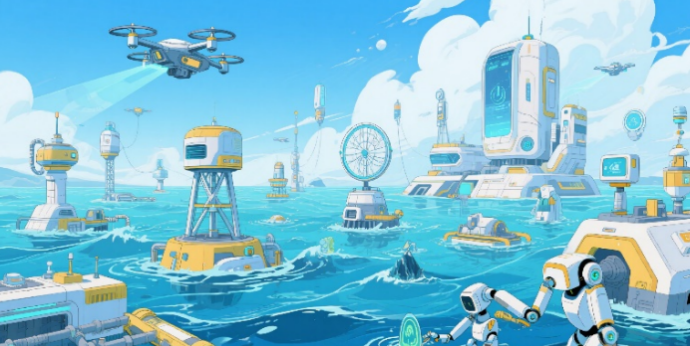A Brand-New Robot Appears, Expected to Work in Car Factories
In the field of robotics, Boston Dynamics' Atlas was once one of the brightest stars on the stage. When it first appeared, it resembled a heavy dancer, its movements were somewhat clumsy, yet still left the audience in awe. At that time, Atlas joints were driven by a hydraulic system, which, despite its powerful force, made its movements less flud, like a warrior in heavy armour performing a complex dance. However, just as an outdated actor eventually takes a bow, Atlas has gradually stepped off the stage with the advancement of technology. Giving way to its successor—a brand-new electric dancer.
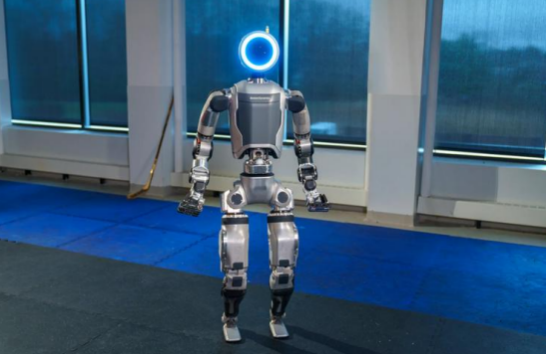
In its initial showcase, Atlas looked like a novice gymnast entering the arena. While every jump and flip was full of power, its movements weren't as graceful and light as today's robots. The hydraulic system, though capable of providing strong thrust. Brought many issues. It was bulky, energy-consuming, and required complex maintenance, much like an old truck that could carry heavy loads but couldn't manoeuvre easily on city streets. Nevertheless, Atlas still showed humanity the potential of humanoid robots, proving that machines could complete complex tasks just like humans. Each demonstration was like a modern technological circus performance that left the audience in awe. With continuous advancements, Boston Dynamics decided to give Atlas a complete "transformation." No longer using the heavy hydraulic system, the robot was equipped with brand-new electric actuators, just like a dancer switching from clunky iron boots to light ballet shoes. The new Atlas became more agile, with movements like a fascinating dance combining an octopus and a martial artist, full of power and fluidity. This change not only improved the robot's practicality but also made it look more like a true dancer, rather than a cold mechanical arm.
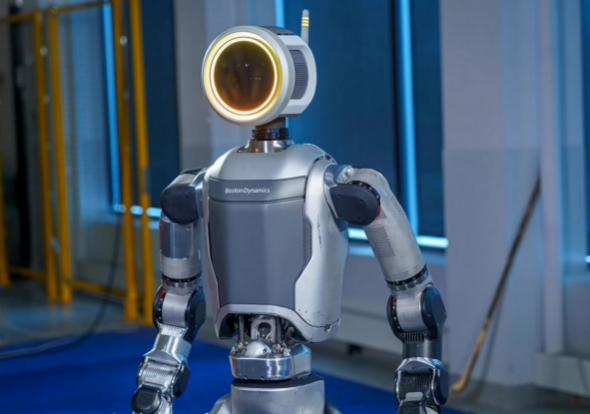
The new role of Atlas is not limited to stage performances, its future stage may be in modern factories. Imagine, in an automotive manufacturing workshop, Atlas moving between various workstations. It can carry parts, assemble equipment, and complete repetitive, physical tasks. Although it might not be suitable for precise laser welding, for jobs requiring great strength and enduring stamina, it would undoubtedly be a helpful assistant to humans. But Boston Dynamics is not the only company moving forward on this path. As technology progresses, more and more companies are diving into the field of humanoid robots. Each company is looking for the right application for its robots. All of them are drawing a new picture for the future of factories, homes, and even society. The evolution of robots is no longer just a technological breakthrough, but an extension of human wisdom. Robots are no longer mere tools; they are starting to become like partners, capable of collaborating with humans couldn't they be seen as silent "comrades"? The new Atlas is a typical example of this change. It not only can work on the factory production line, but it also isn't so "clumsy" that it can't intelligently and flexibly respond even to slightly complex environments.
Tech fans are excited to see further developments in robotics, but some people are starting to worry. "Will robots replace me?" After all, if robots can do some of the work that human workers do, what is left for the workers? From a hydraulic-powered giant to an electric-powered agile dancer, robots will not be the "villains" stealing jobs. Instead, they may enter our homes, and in the future, you may not have to worry about how to care for Children or the elderly at home.
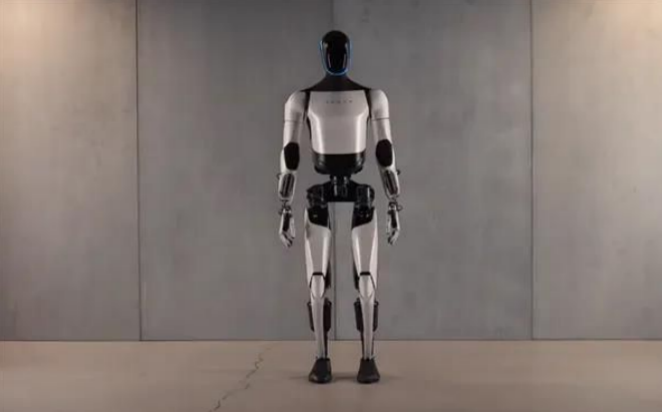
(Writer:Tick)
